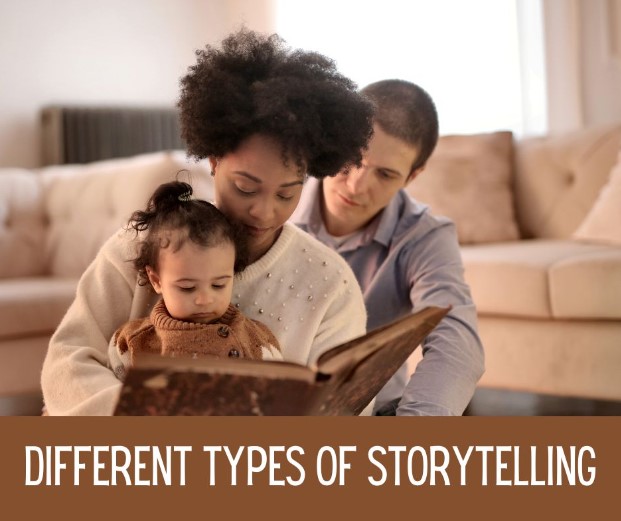Storytelling has expanded as the world keeps evolving and creating advanced technology.
Visual depiction of events gave rise to the art of storytelling, which later evolved into oral traditions passed down to the generations by word of mouth. Then it was the written word’s turn, and now, thanks to modern technology, it’s transformed into a far richer experience. Verbal, audiovisual, visual, and written media are all included.
Drawings
There is evidence of the use of drawings to communicate stories as early as 30,000 years ago in the cave drawings in Lascaux and Chavaux, France. Drawings of people, animals, and other things appear to tell narratives by their arrangement and presentation.
The drawings discovered in the Chauvet cave were more than just childish doodling; they showcased the skills of skilled artisans from that era. Stories told with a stick, written in the dirt, or sculpted out of clay represent a global language recognized and loved by people everywhere.
Aside from hieroglyphs, ancient Egyptians also used hieroglyphic drawings. Dating back around 5000 years, it is one of the world’s oldest writing systems. The history of this language goes back quite a ways.
Oral
When we talk about oral storytelling, we mean telling a narrative with your voice. Oral storytelling is as ancient as storytelling and can be found in many different cultures. Epic poems, chants, rhymes, songs, and other forms of musical and vocal expression are all excellent vehicles for transmitting the oral tradition. Its purview encompasses myths and legends, religious writings, prayers, sayings, and even instructions.
The origins of oral tradition, in which stories are told from one generation to the next, vary significantly from one culture to another. These tales were passed down verbally from one generation to the next before being written down and published. Myths were initially spread primarily by word of mouth.
The tradition of passing on tales orally is still commonplace wherever people gather for socializing, and it has influenced the growth of modern study in the field of communications.
Written
The earliest known stories appeared in writing around 700 B.C. Tales like Homer’s Iliad and Gilgamesh’s Epic fall within this category. Because these stories were written down, they were able to spread rapidly and widely over the globe. At the same time, many other tales were preserved in recorded form and are, therefore, still well-known today.
These tales, now known as Aesop’s Fables, originated within the same time period and are among the most widely known stories in the world. These tales passed down orally from one generation to the next, might not have made it through the last two millennia had there been no way to commit them to write.
Technology
Technology’s expansion into our daily lives has affected our social interactions and the stories we tell about ourselves. In the nineteenth century, there were inventions in photography, cinema, telephony, the radio, television, digital media, mobile media, and social networking. To a large extent, technological advancements are responsible for the rise of social media as the primary means of modern communication.
Blogs, Twitter, Facebook, and Instagram, are just a few examples of rapidly growing online media outlets in the 21st century. Each of these channels allows its users to either make their voices heard by the entire Web or narrow their audience to those they feel comfortable talking to. Customers may share stories, photos, and videos about themselves and their lives on social networking sites like Facebook and Twitter.
Through the usage of various online platforms, technology has given us the ability to write stories, making it much simpler to write and share our stories with the rest of the world.
Because of the evolution of these diverse modes of storytelling throughout the course of time, writers now have a variety of options available to them when it comes to telling their stories to the public.



